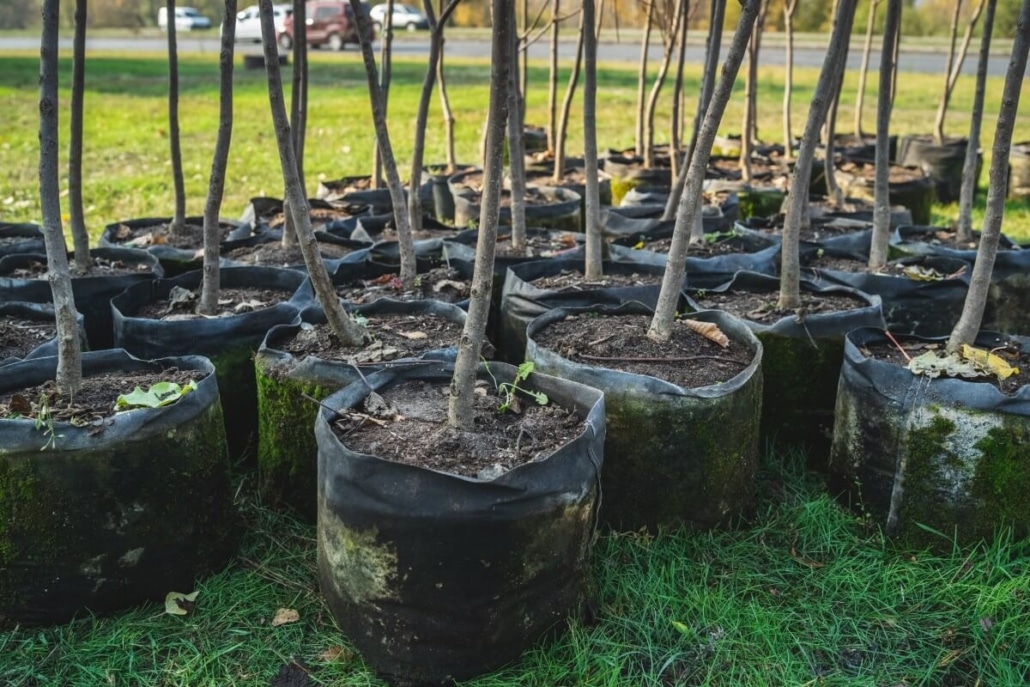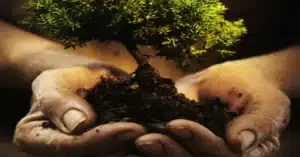We can all agree that trees, shrubs, bushes, and plants are the pillars of beauty for the exterior of a home.
Of course, a fresh paint job and clean-cut grass make your home beautiful, but trees, shrubs, and other greenery can enhance your home beyond measure.
With that in mind, trees and shrubs can also be eyesores. To add to this, trees can even become hazardous, especially if they are covering areas of your roof, or are extremely large.
With this in mind, we want to share and discuss the top-notch and best tips on how to transplant trees and shrubs. These practices are backed by our experience as full-service tree specialists in Tampa, trusted by homeowners and landscapers across the area.
Let’s start!
What Size Is Your Tree or Shrub?
As one of the most important factors, it is important to determine the size of your tree and shrub. The reason being is because if the tree or shrub is large in size, you may need a multiple-man team or even a professional tree service team.
With that in mind, for the sake of these tips and tricks, we will talk about smaller projects that you can take on yourself. In fact, with the right tools and the right steps, you can transplant a tree and shrub in no time.
In cases where old trees are removed before transplanting, stump grinding service clears the way for new growth.
The Tools You Will Need
Below is a list of the different tools you will need for this project.
- Garden shovel
- Tape measure
- Tarp
- Loppers
- Garden Hose
- Gloves
- Mulch
- Wheel Barrel (If the plant is too heavy to drag)
Like we said above, we will be focusing on small to medium size plants. For this particular example, we will use a rose bush! Without further wait, let’s talk about the best steps for transplanting trees or shrubs.
1. Do Your Research & Pick Your Location
It is crucial before you transplant any trees or shrubs out of their current area or pot, to know a bit of background on the type of tree or shrub.
The reason being is because you want to ensure the area that you are transplanting the tree or shrub will be a fruitful area for the tree.
Therefore, determine the amount of sunlight the plant needs, the space that it needs, the height when it becomes an adult plant, and of course the quality of the soil.
2. Calculate The Root Ball Size and Dig
One of the most important aspects is to make sure you have the right size hole. It is important to ensure you have a large enough hole that covers up to two inches of the trunk of the shrub or the tree.
Therefore, if the root ball size is one foot by one foot, make sure you dig at least 14 feet or 16 feet deep. With that in mind, make sure you do not harm the root system of the tree or shrub. However, you can gently spread the roots before placing them inside of the hole.
3. Move The Plant Onto The Tarp
Now that you have put on your handy dandy gloves, started digging with your garden shovel, it is important to transplant your plant onto the tarp.
If your plant was bought in a store, then it may be much easier to remove out of the plastic container compared to digging it up from a hole and placing it in another hole. In any case, you want to be extremely careful when transplanting your plant, so you do not damage any of the root systems.
4. Place The Plant In The Hole
Now that you have dug your hole, it is time to place the plant inside. Of course, you are not going to place the plant inside of the hole with the tarp.
With that in mind, place it carefully and then cover the top of the plant with as much soil and mulch as possible. As we said before, ensure that at least two inches above the root are covered to ensure proper placement and balance. Also, stand back and make sure your tree is standing straight!
5. Care For Your Plant
This next tip goes without mention. It may take a couple of days for your plant to recognize that it is in a new spot, so you may notice droopy leaves. However, it is important to water your plant correctly and feed it the right nutrition.
This is where mulch and vitamins are important. For instance, citrus plants require different vitamins and minerals compared to rose plants or trees, so it is important to consider the right nutrition for the plant. Alongside this, proper tree fertilization is important!
Proper watering and tree and shrub fertilization are key to transplant recovery.
When Should You Call The Professionals?
If your project involves larger trees, our safe tree relocation services Tampa are your best option to ensure safe, damage-free transplanting.
Ready to relocate a tree or need expert transplant help? Contact our team today for a free consultation with our certified Tampa arborists.







